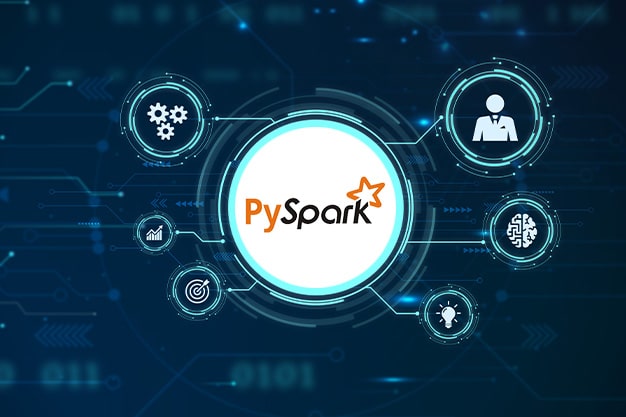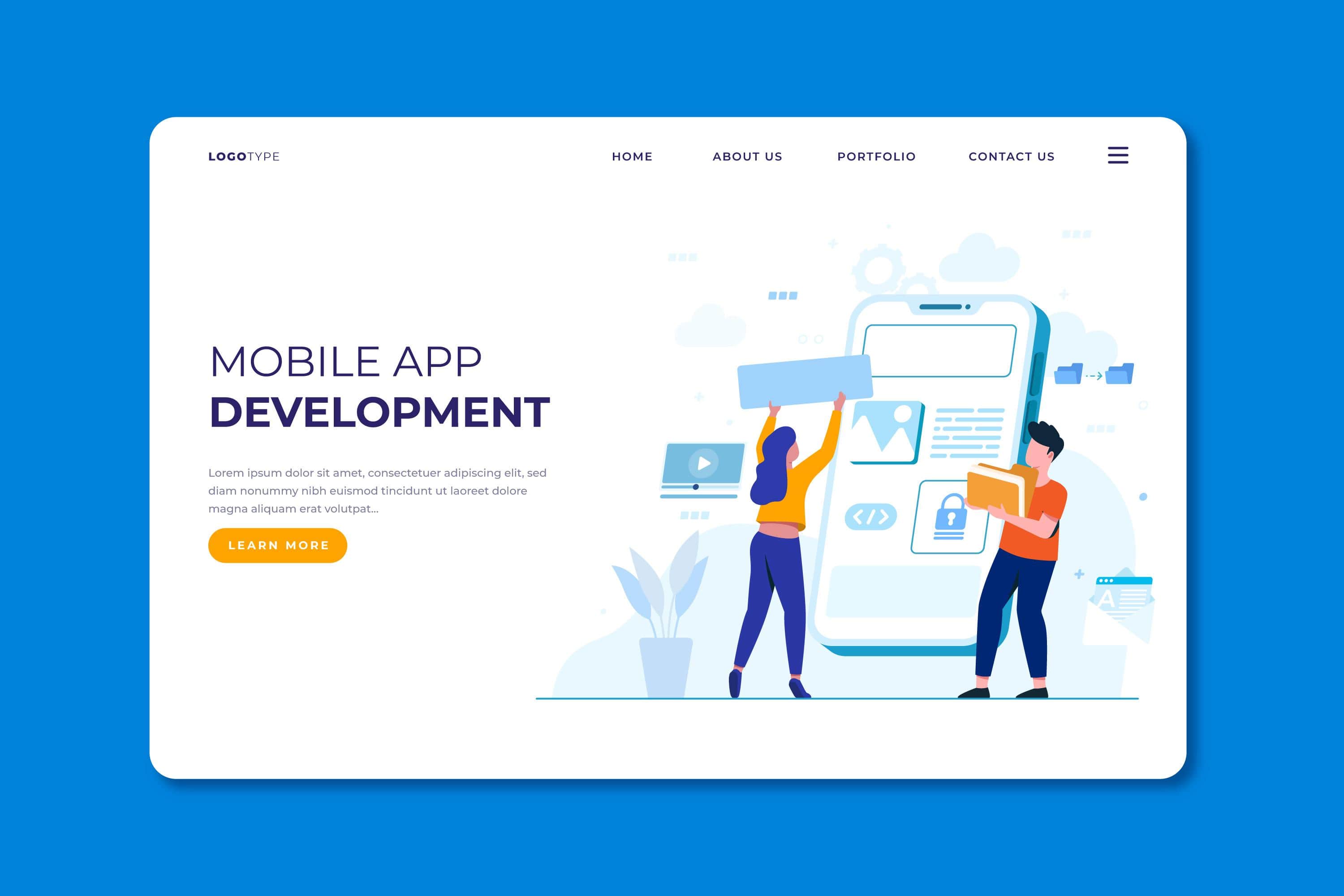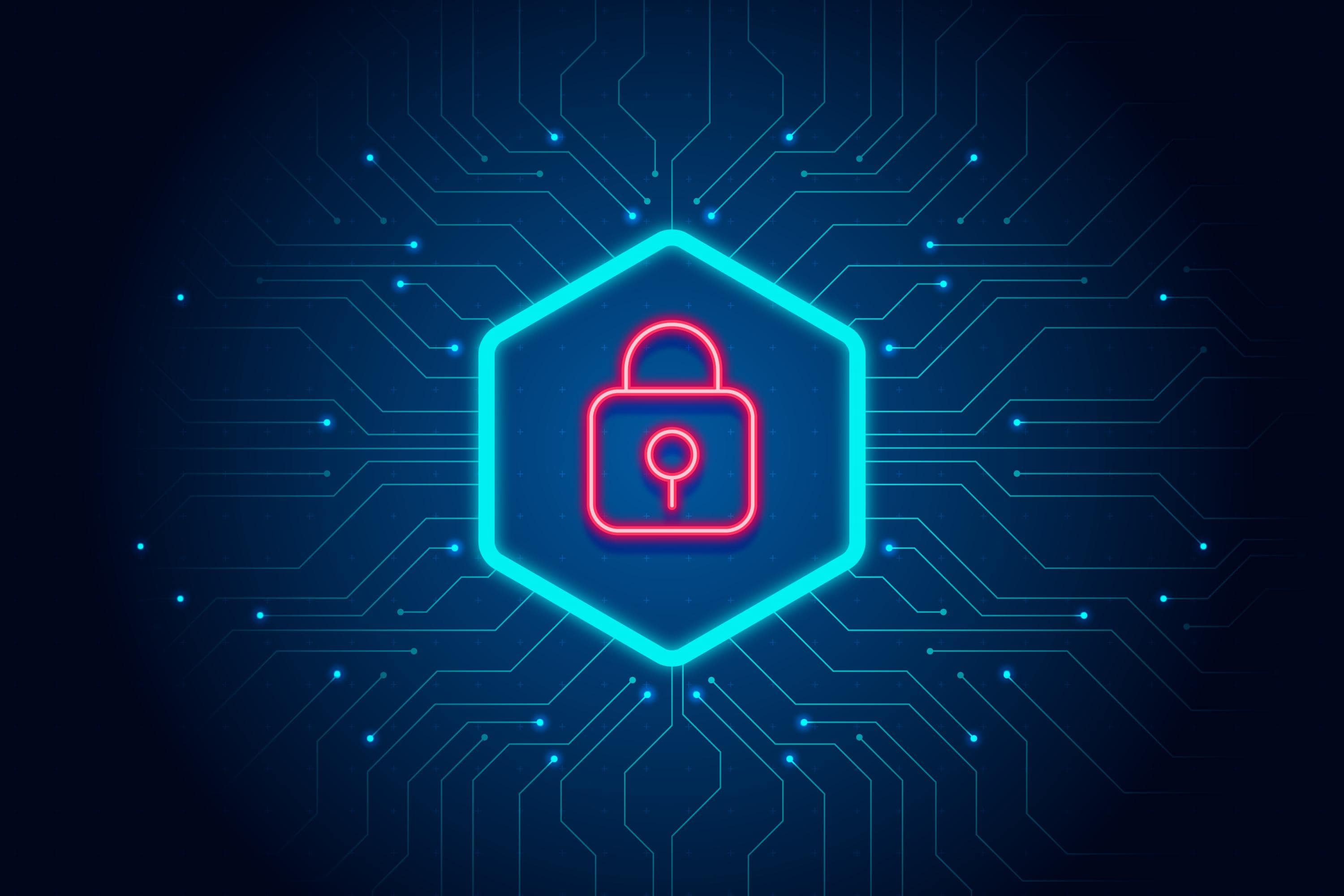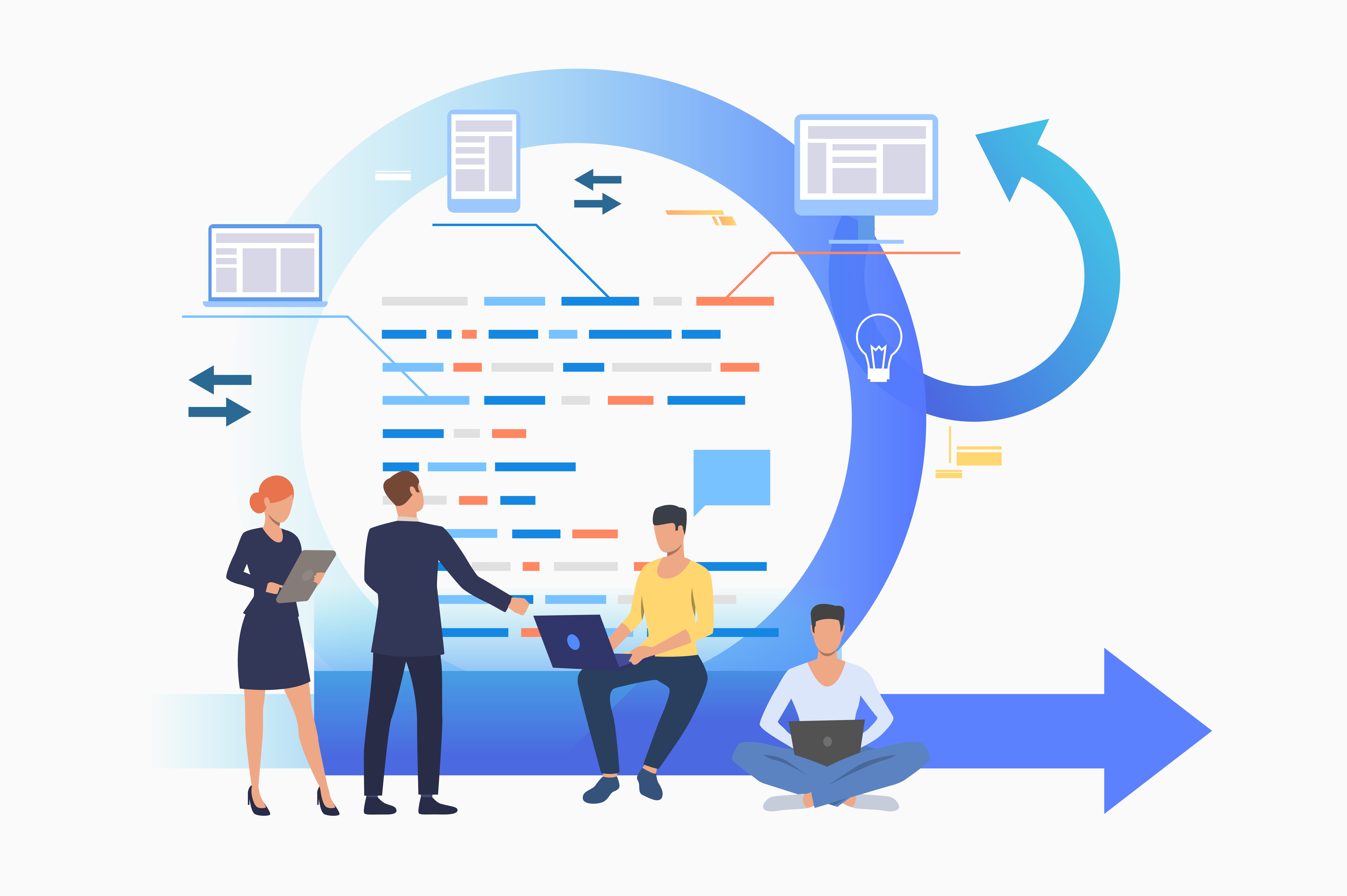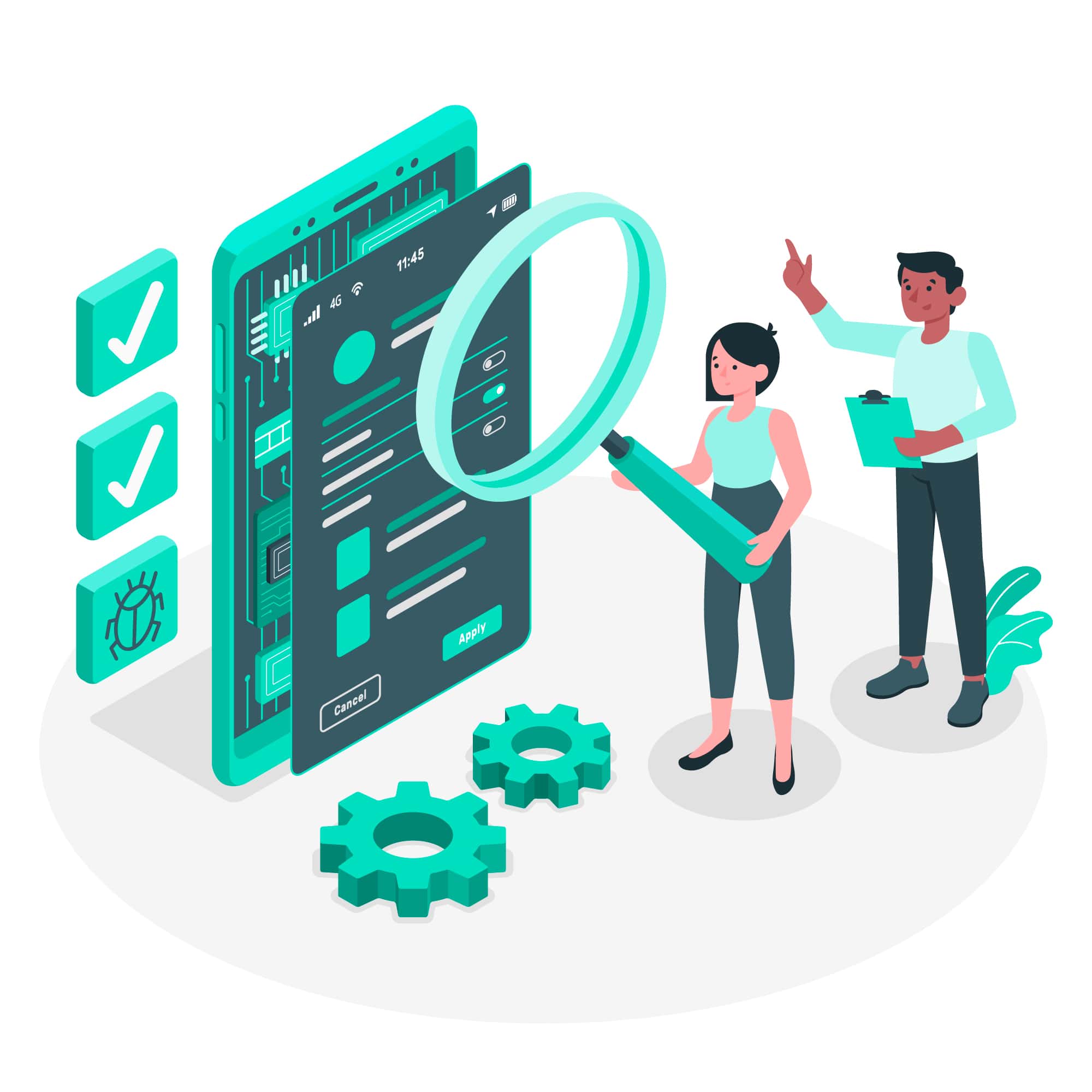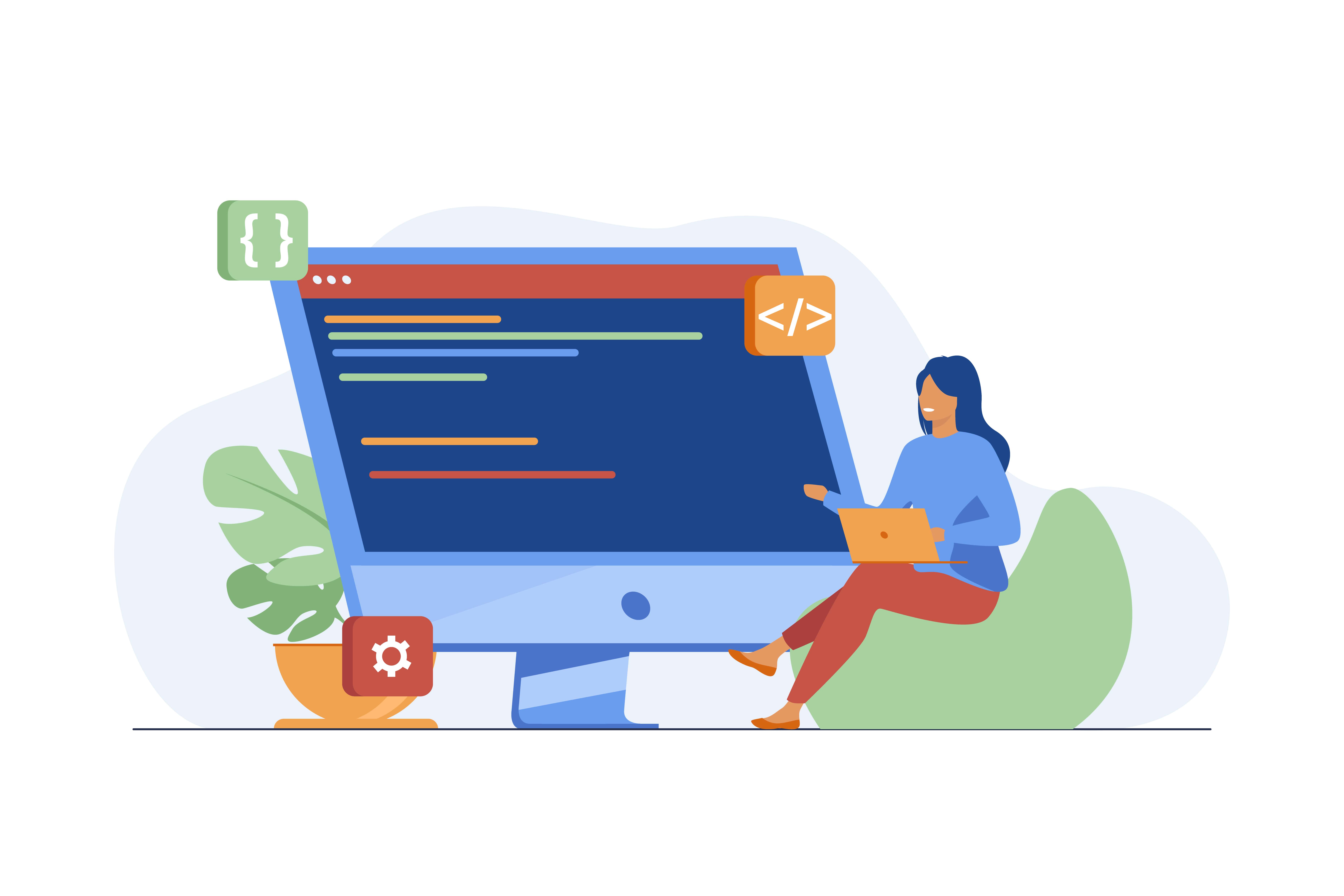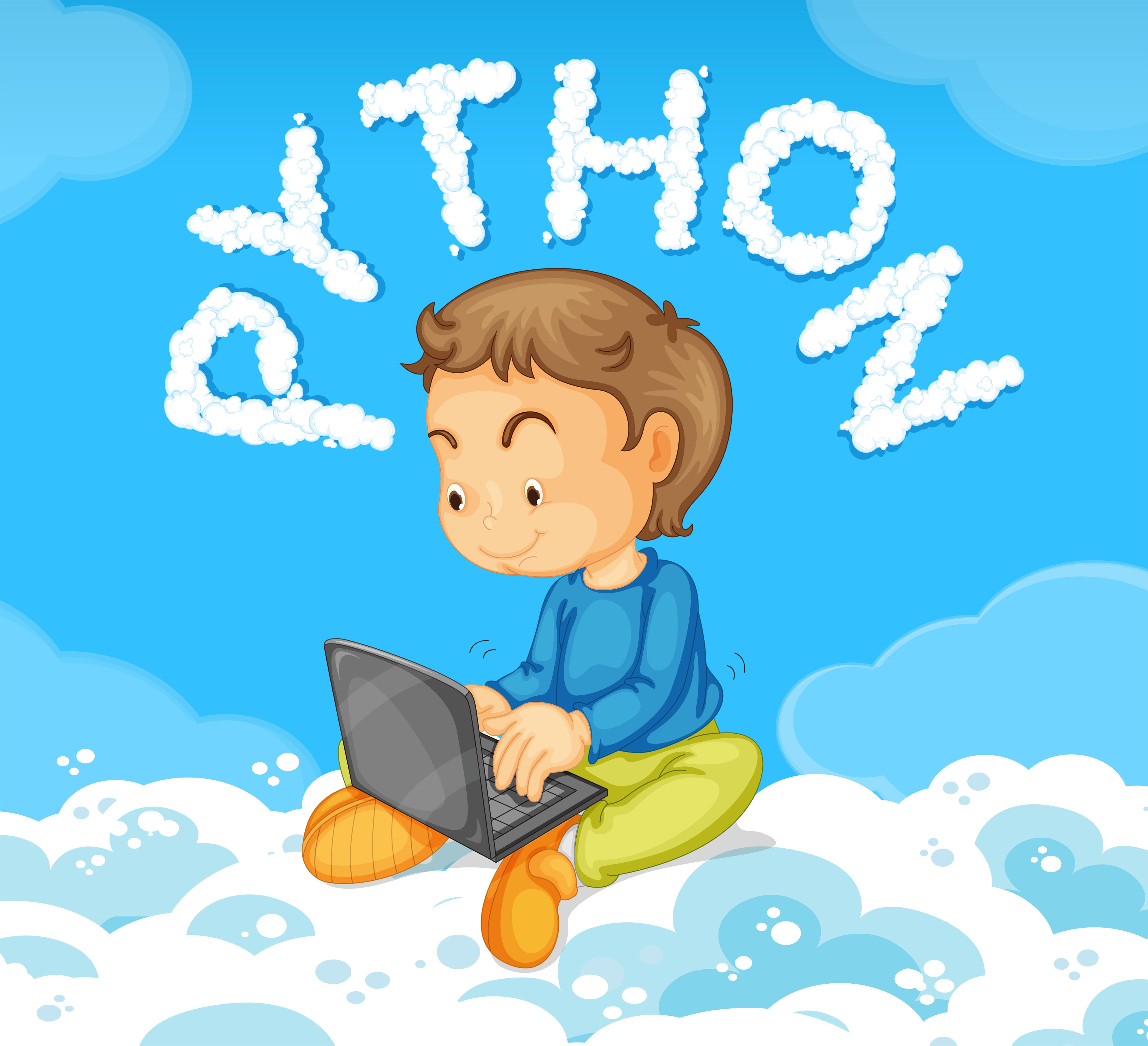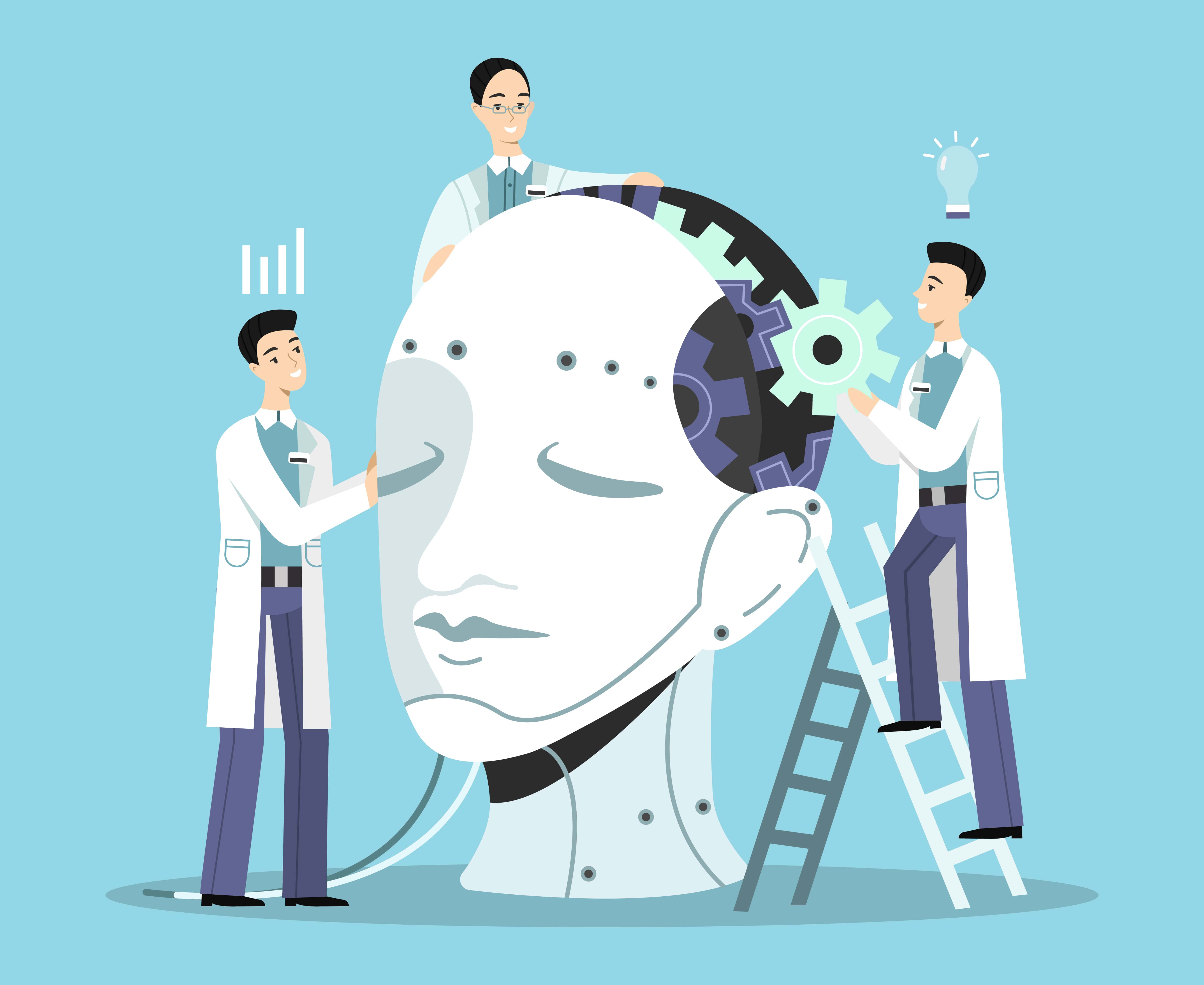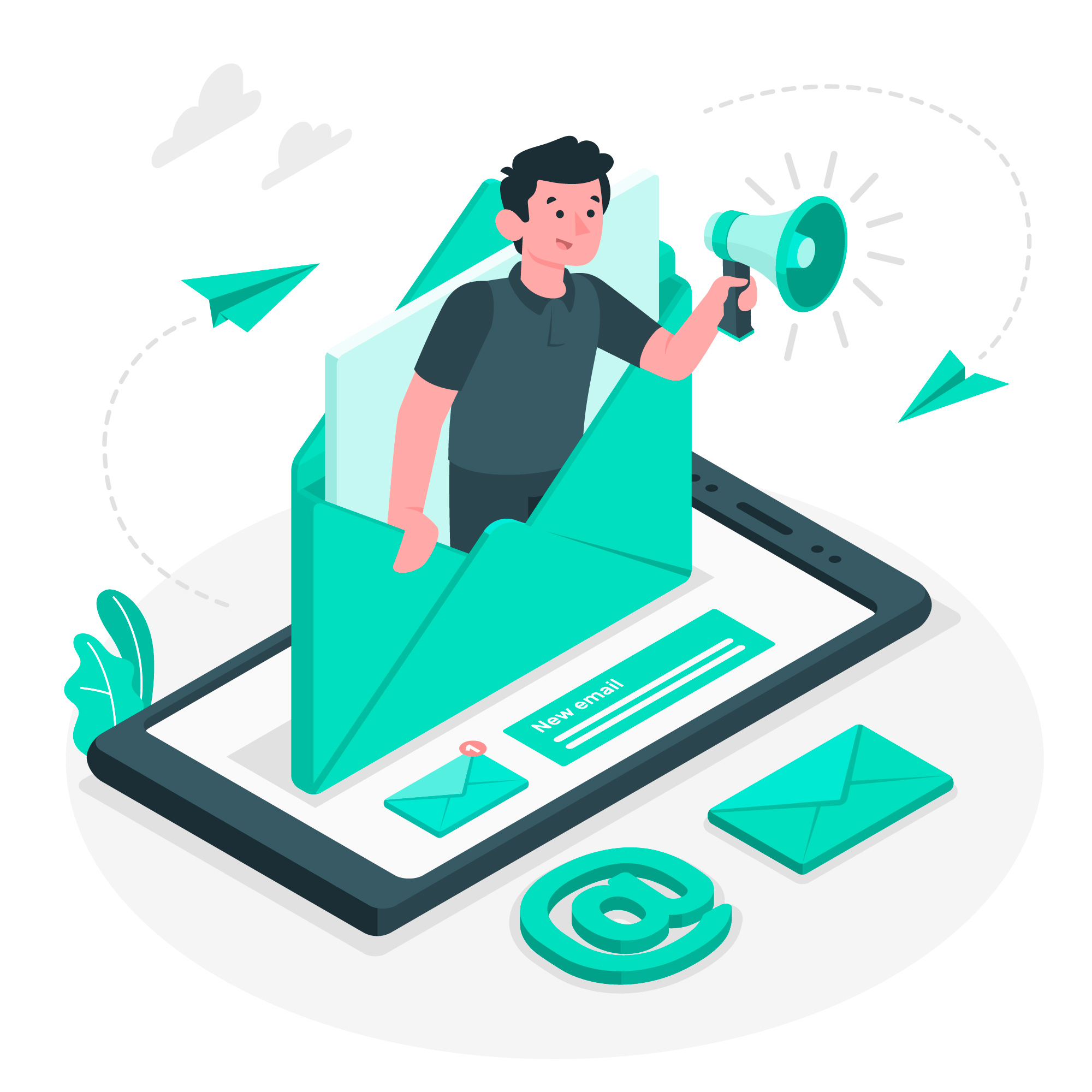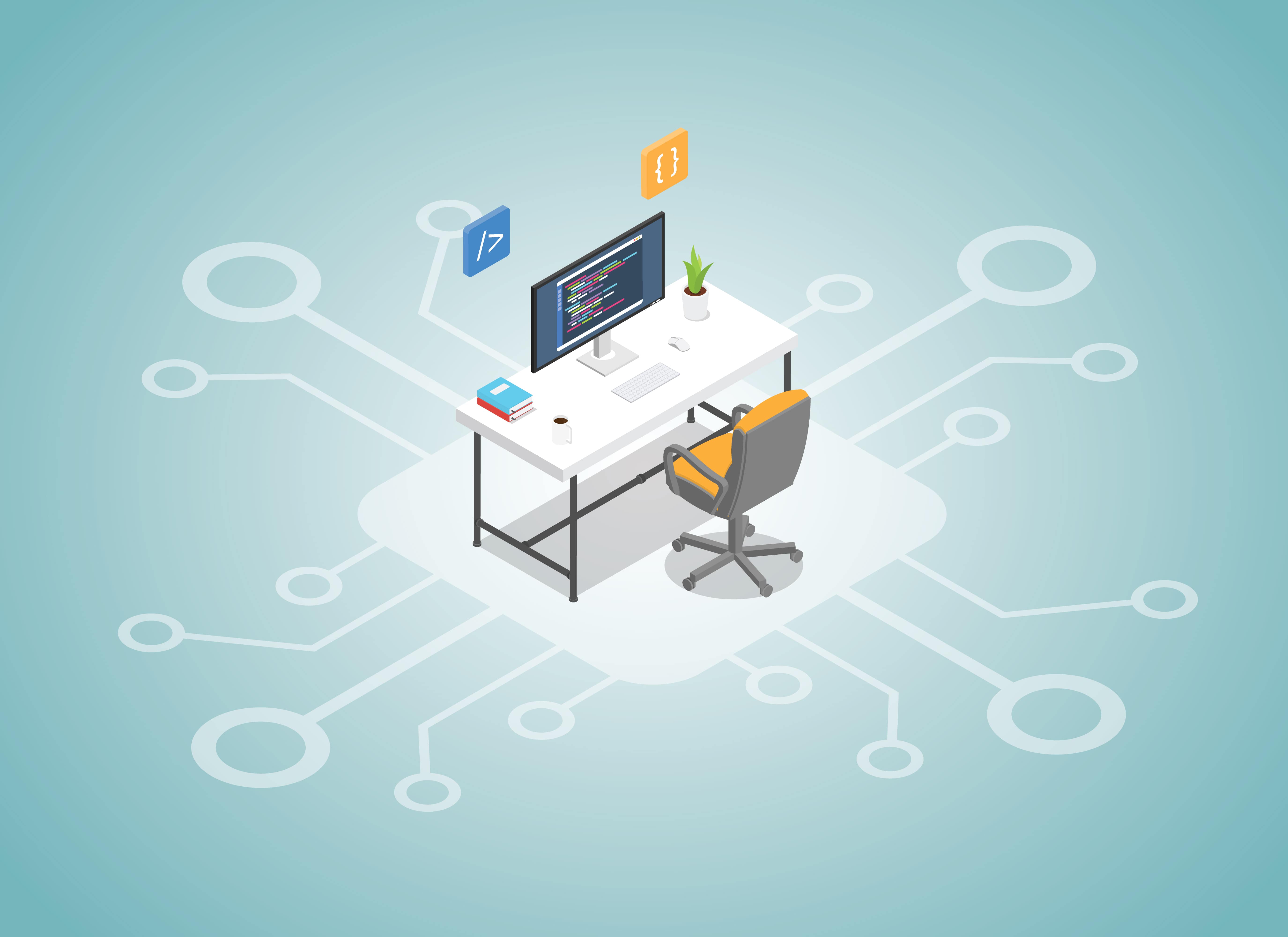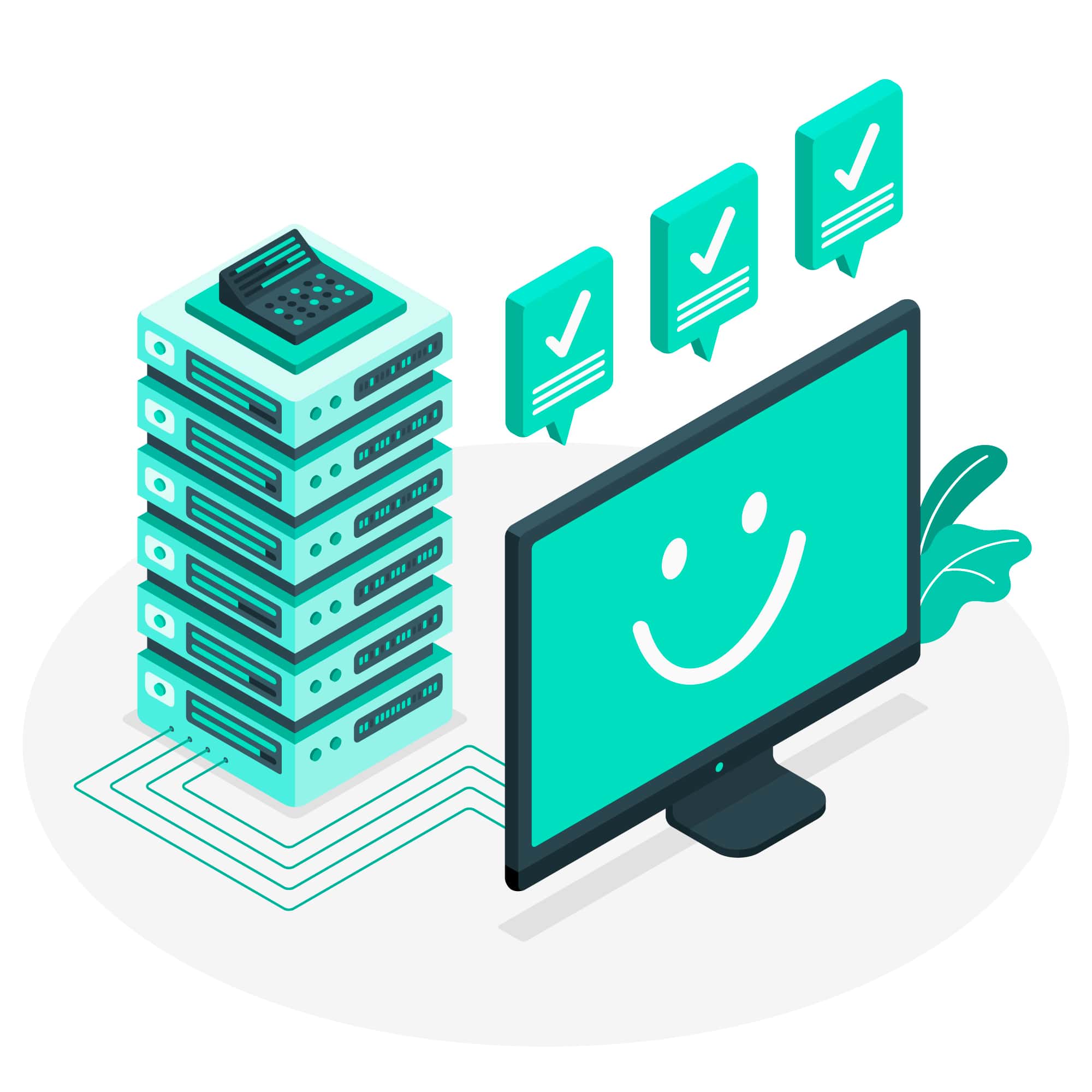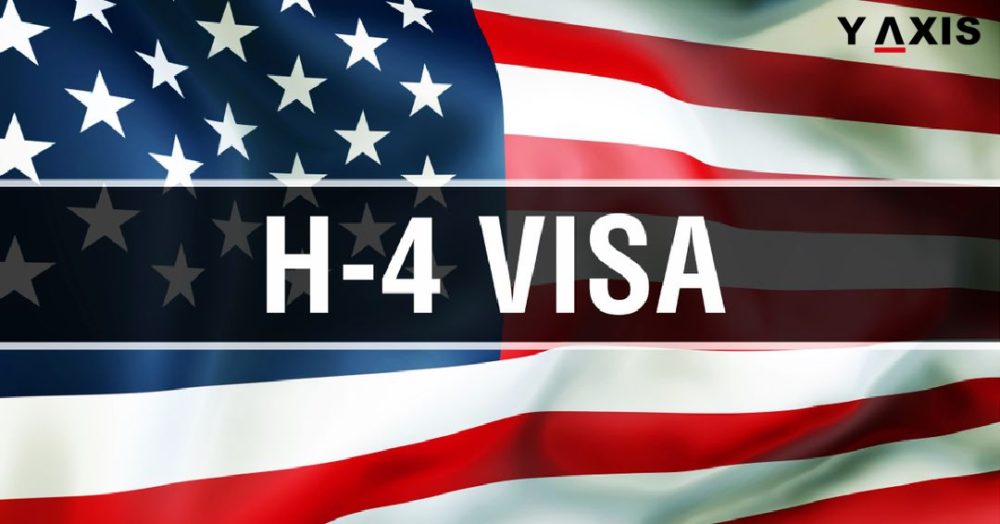
Software testing life cycle steps?
What is software testing?
Software testing assesses the functionality of an application and detects software bugs. It checks that the software developed meets the requirements and identifies software defects to ensure the quality of the product.
Why is testing so important?
Software testing is very important. Here are the reasons which make the software development lifecycle very important.
Software testing is the detection of bugs and defects that occur during the development phase. It is looking for programming errors during the implementation phase.
It helps our customers to perceive us as reliable and to maintain satisfaction with the application. Contracts may include financial penalties related to deadlines or product quality, and software testing prevents financial losses. Software testing plays a role in the software testing life cycle.
It also ensures the quality of the product. By providing our customers with a quality product, we gain their trust. This means that applications require less maintenance and deliver more accurate, stable, and reliable results.
Users don't want to use low-quality software. If they are not satisfied with the stability of an application, they may not approve it. Testing is a prerequisite for a product to stay on the market.
Fixing bugs in an application can be costly - in the future or later in development.
What is the Software Testing Life Cycle (STLC)?
The Software Testing Life Cycle (STLC) consists of a sequence of activities that are used in software testing. The STLC process includes many steps and each step has to be planned before its implementation.
Software Testing Life Cycle Phases
The software testing lifecycle consists of six phases, described below.
Requirements analysis
Most development projects start with software requirements that define what the organization expects from the project. Software requirements often include high-level business requirements, architectural requirements that describe how specific functionality will be developed and maintained, and detailed system requirements that allow developers to build the product. System requirements include functional and non-functional specifications that reflect test and verification capabilities.
At this stage, STLC testers work to understand how the software will be tested within their team and among themselves. Requirements analysis often involves brainstorming, identifying blind spots and ambiguities in the requirements, and prioritizing individual requirements.
Test planning
The second step is the test plan, which is created after the QA team has analyzed all the necessary testing requirements. Once the scope of the product is clear, they define the scope and objectives. The team then analyses the risks and develops a strategy, defining the testing schedule and environment. The management team then identifies resources and assigns people to roles and responsibilities. A provisional timetable for the completion of the testing of each module was also developed. The main output of this phase is the test plan, a document describing the rationale and details of the testing project.
Developing test cases
The development of test cases starts after the test planning phase has been completed. This is the STLC phase, during which the test team discusses the detailed test cases. Together with the test cases, the test team also prepares the test data for testing. Once the test cases are ready, they are reviewed by a QA colleague or manager. A good test case is one that effectively detects defects and covers the majority of the system under test.
Test environment configuration
Testing requires certain environmental elements such as hardware, frameworks, servers, and software to run the developed test cases. The configuration of the software, hardware, and test data are the most important parts of this step. Smoke testing and the provision of fault reporting tools for testers are also essential. We often hear in the development community, "It works on my system, but not on yours". It is therefore important that the test environment covers all environments used by users. For example, a feature that works in Google Chrome will not work in Internet Explorer.
Test execution
The app is ready for testing once the team has finished all of the aforementioned phases. Testers follow the test plan when carrying out test cases. Bugs are also identified, detected, and recorded, and then reported. The team is also in charge of comparing the expected and actual results. If a flaw is discovered, it should be documented and forwarded to the development team for rectification.




.jpg)


